Update that is also included in Project Logs, but I'll put it here non the less.
First prototype is complete!
How to make it:
Measurements are not defined because until the arm is "universal size" the lengths vary from person to person. So the best act will be that you measure your own arm and use those measurements.
 Kristjan Berce
Kristjan Berce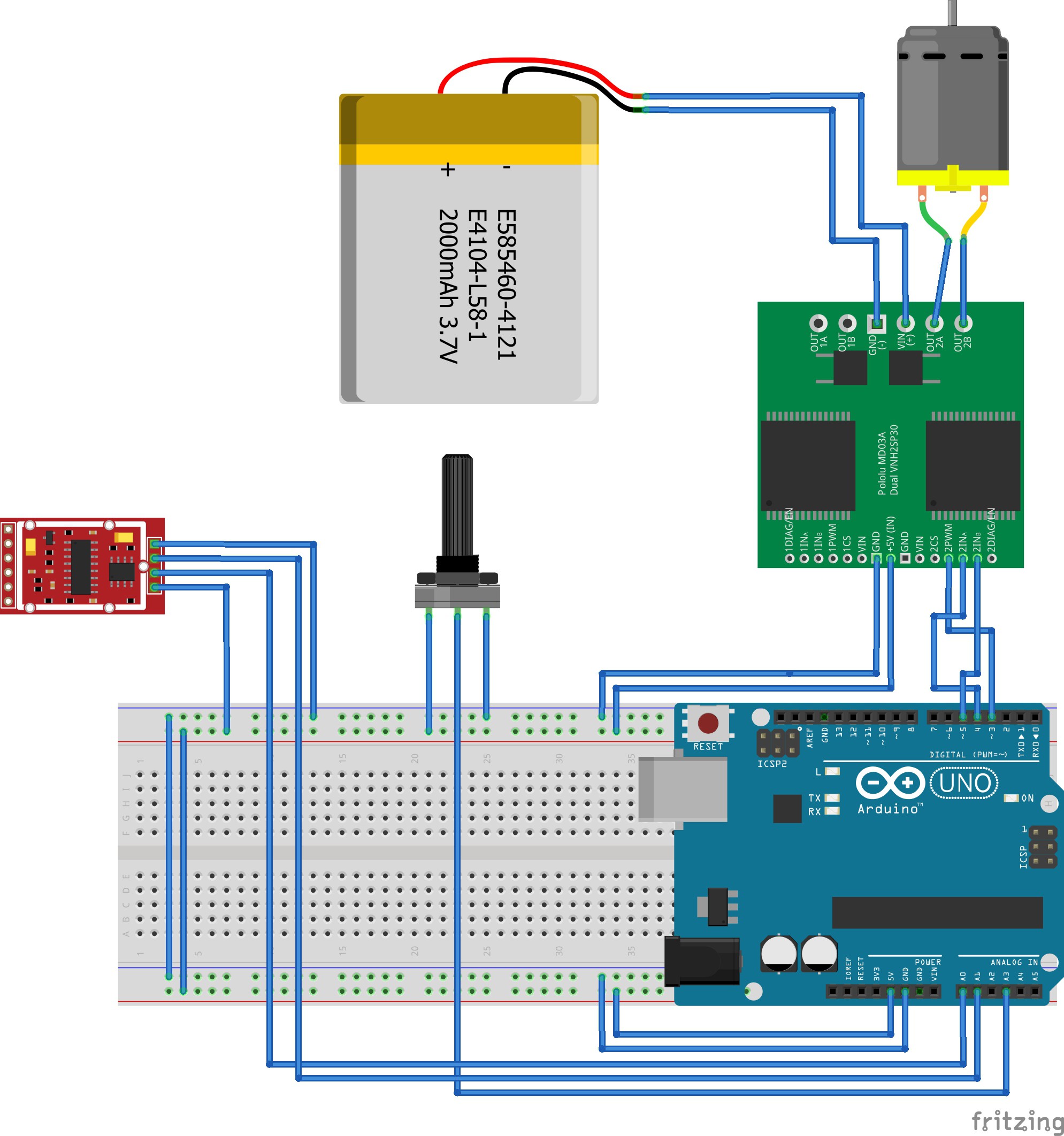
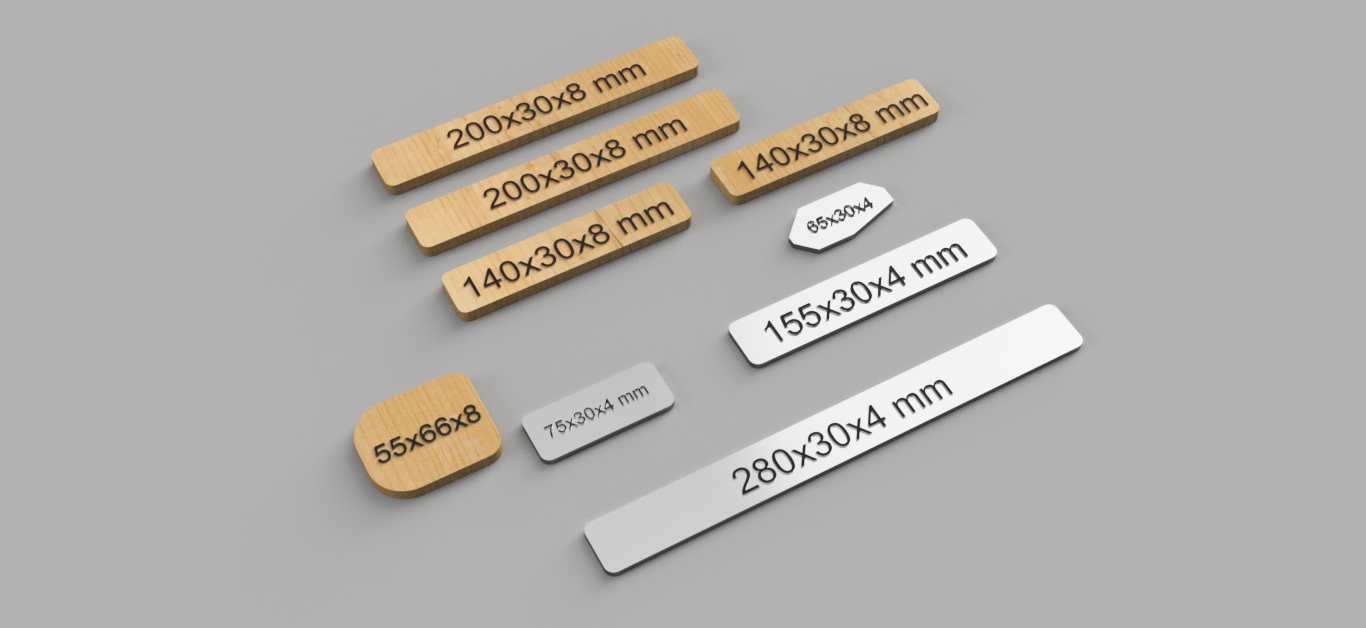
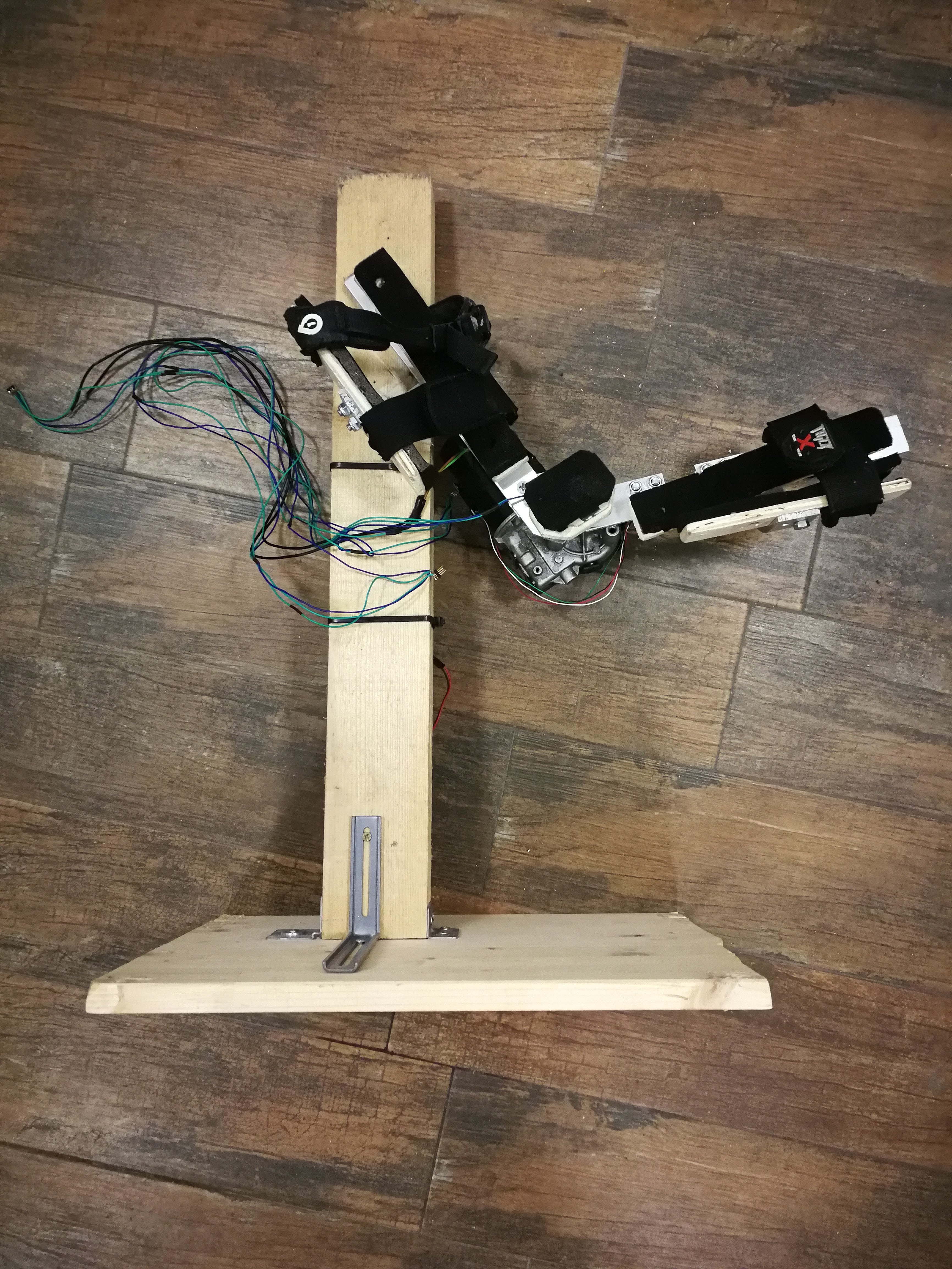
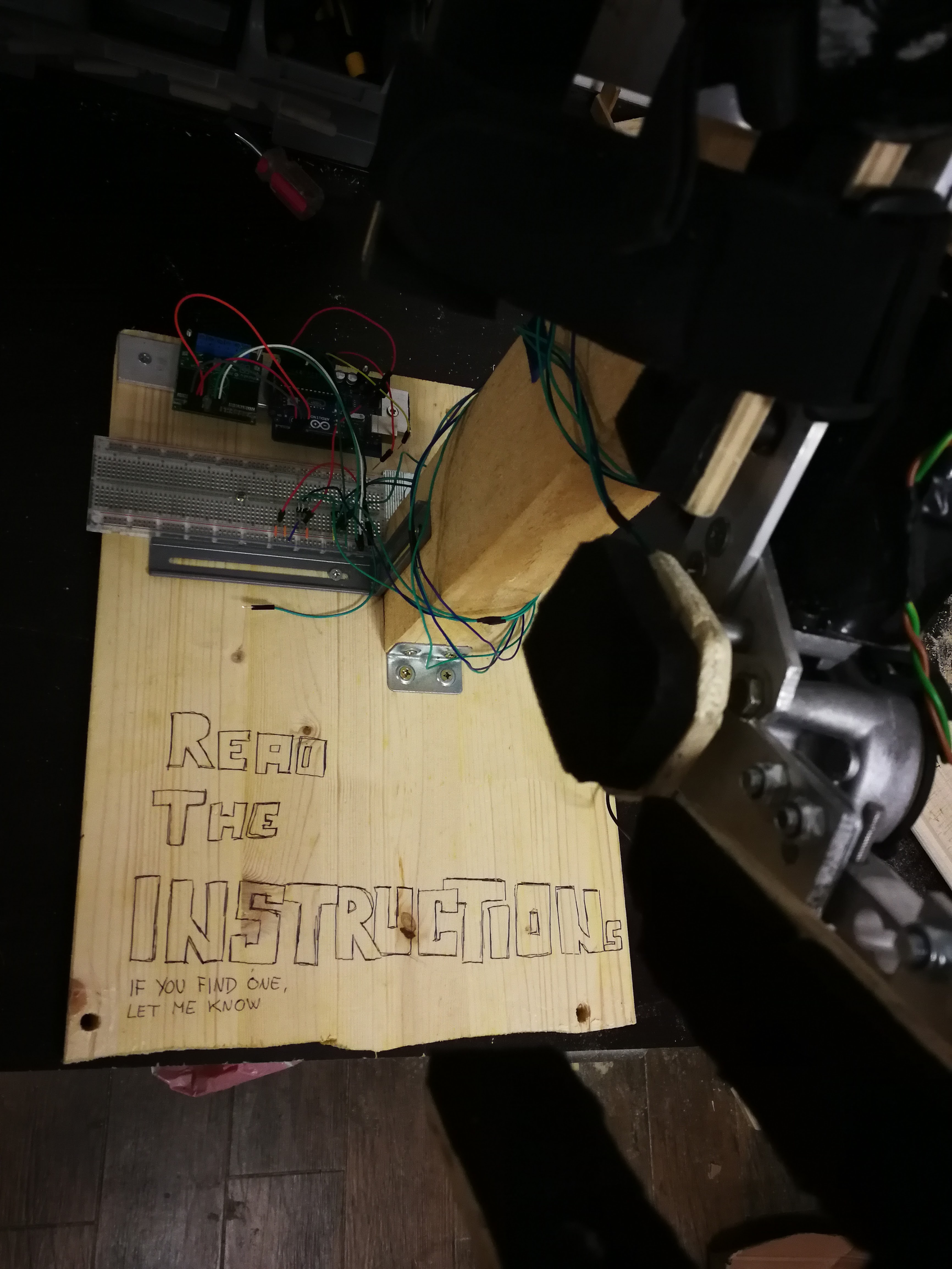
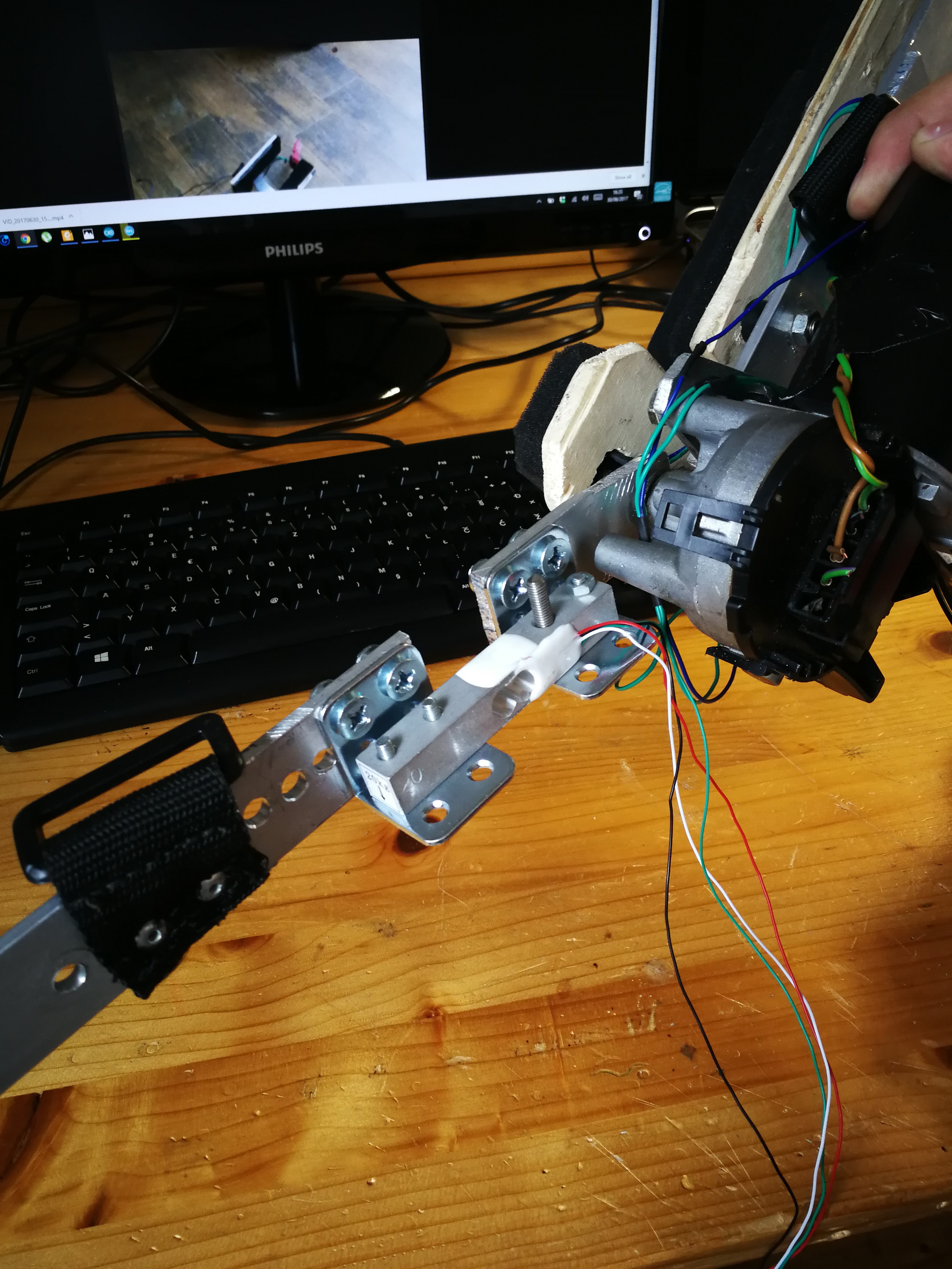
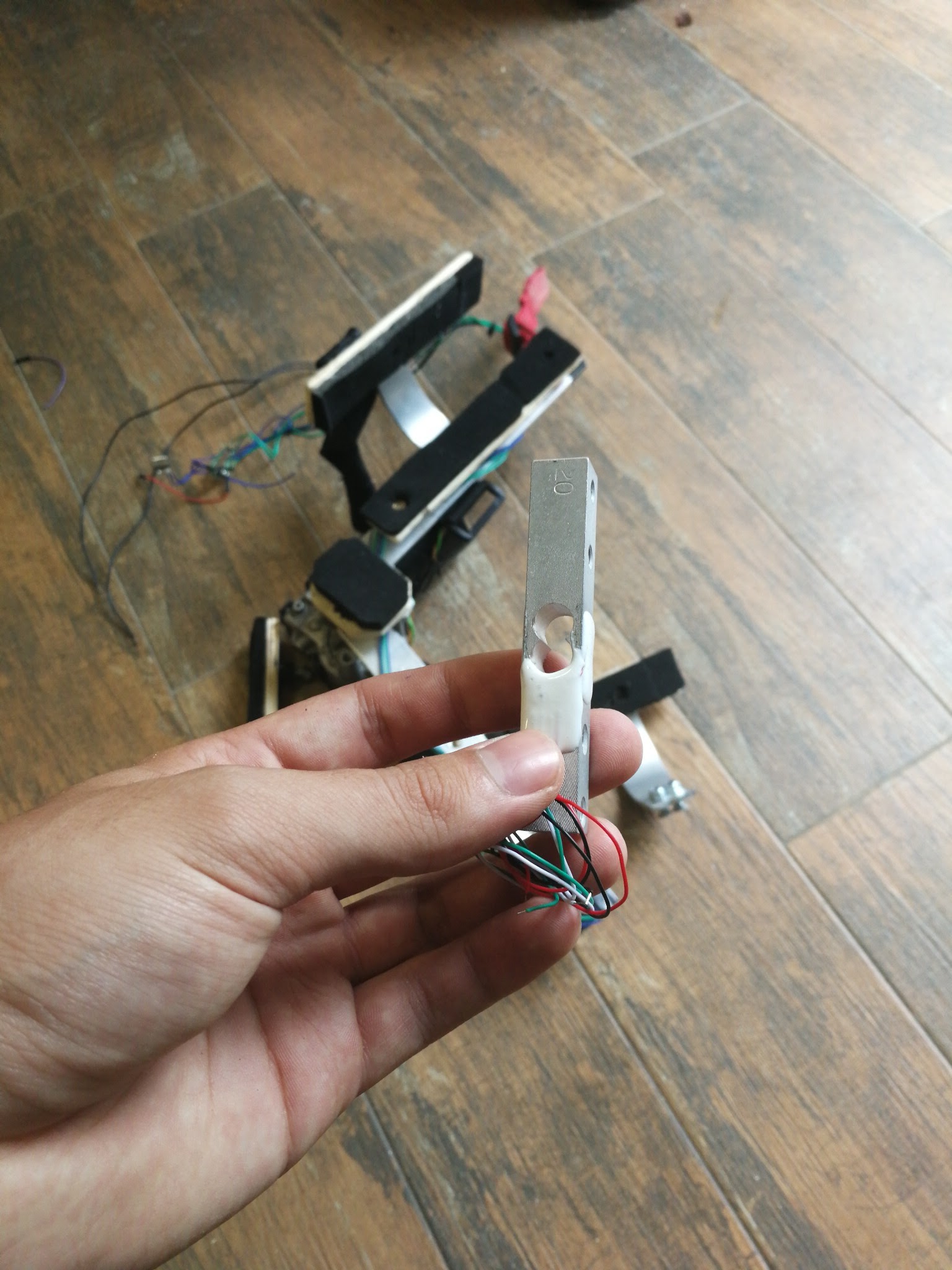
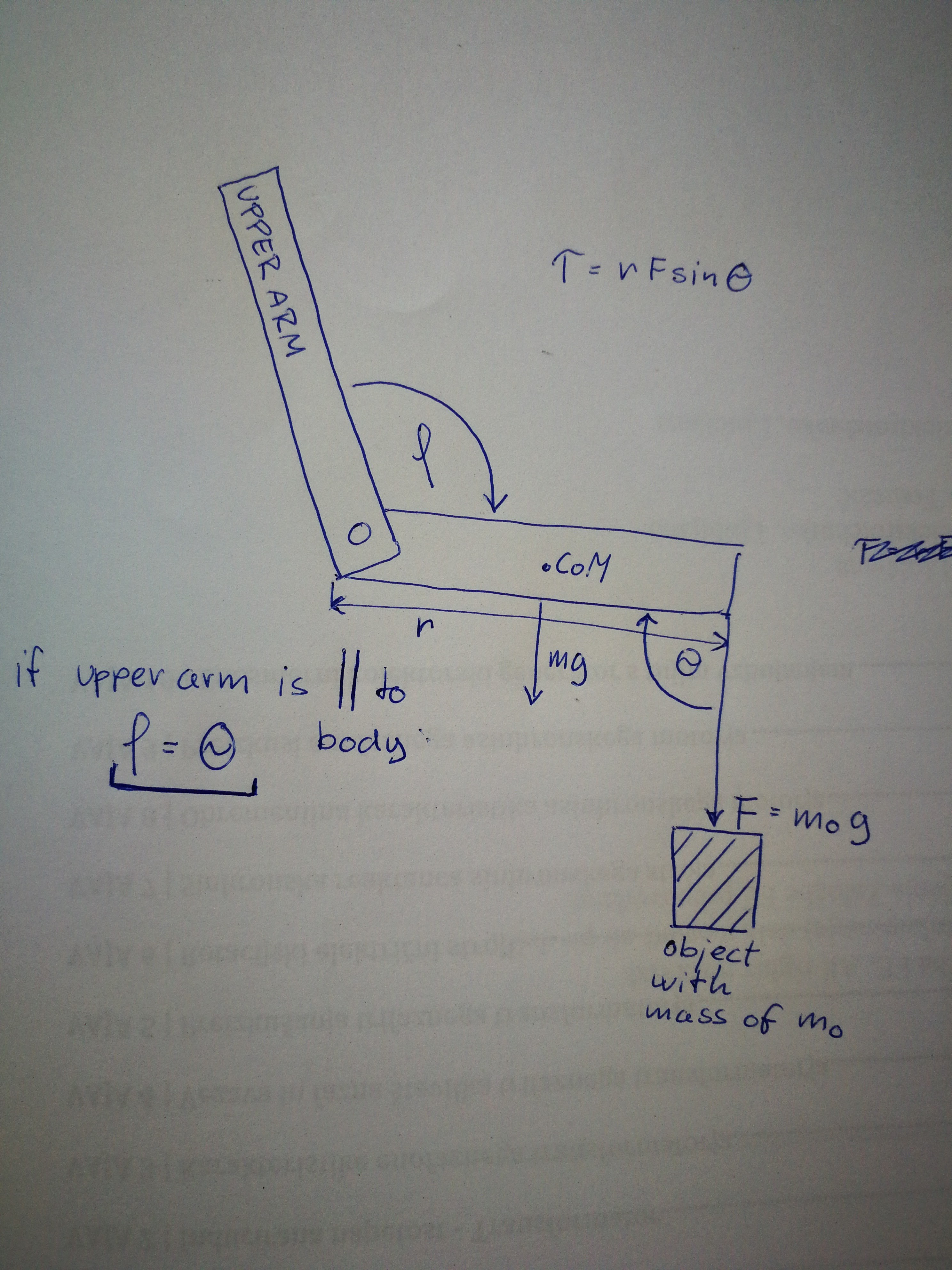



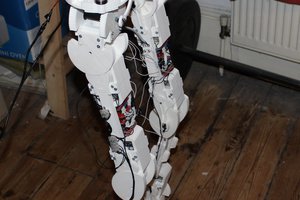
 Dan DWRobotics
Dan DWRobotics

 Karl Bielefeldt
Karl Bielefeldt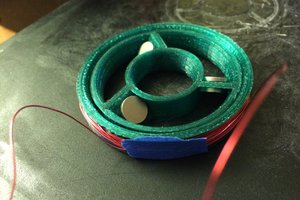
 Les Hall
Les Hall
Can anyone explain me the use of strain gauge in this?